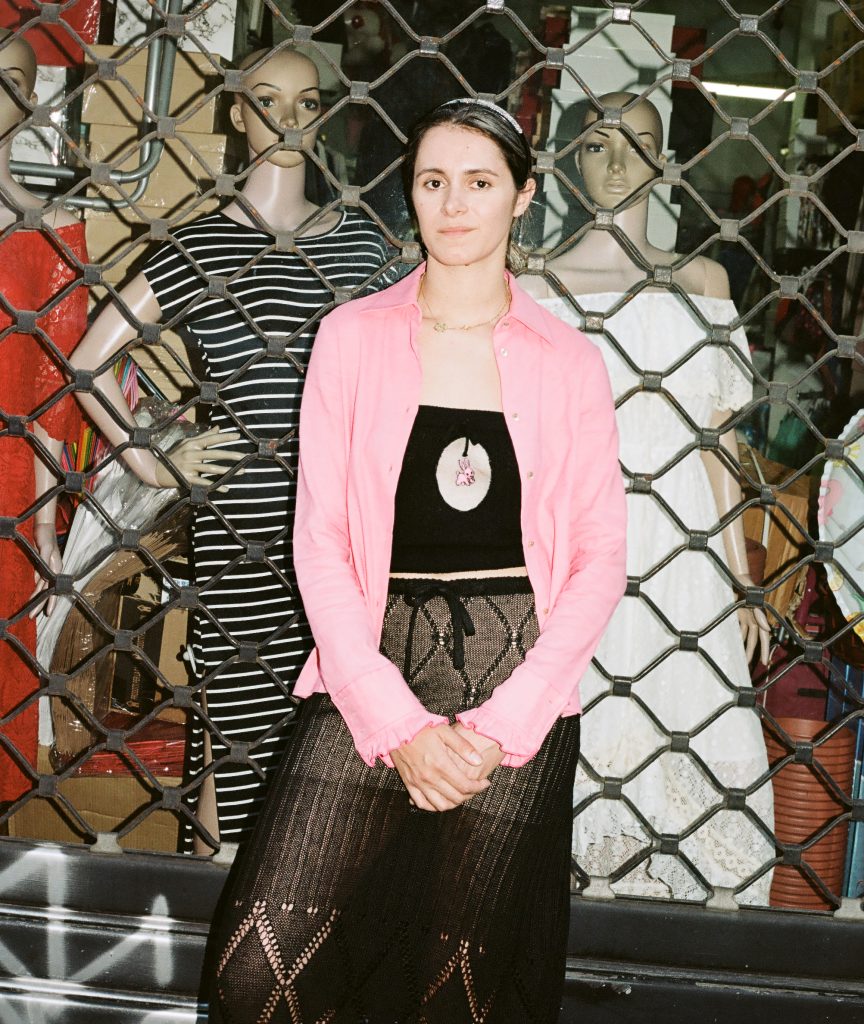Pal Zileri and The Future of Tailoring
Designer Mauro Ravizza Krieger on how men’s style evolves in an increasingly less formal world
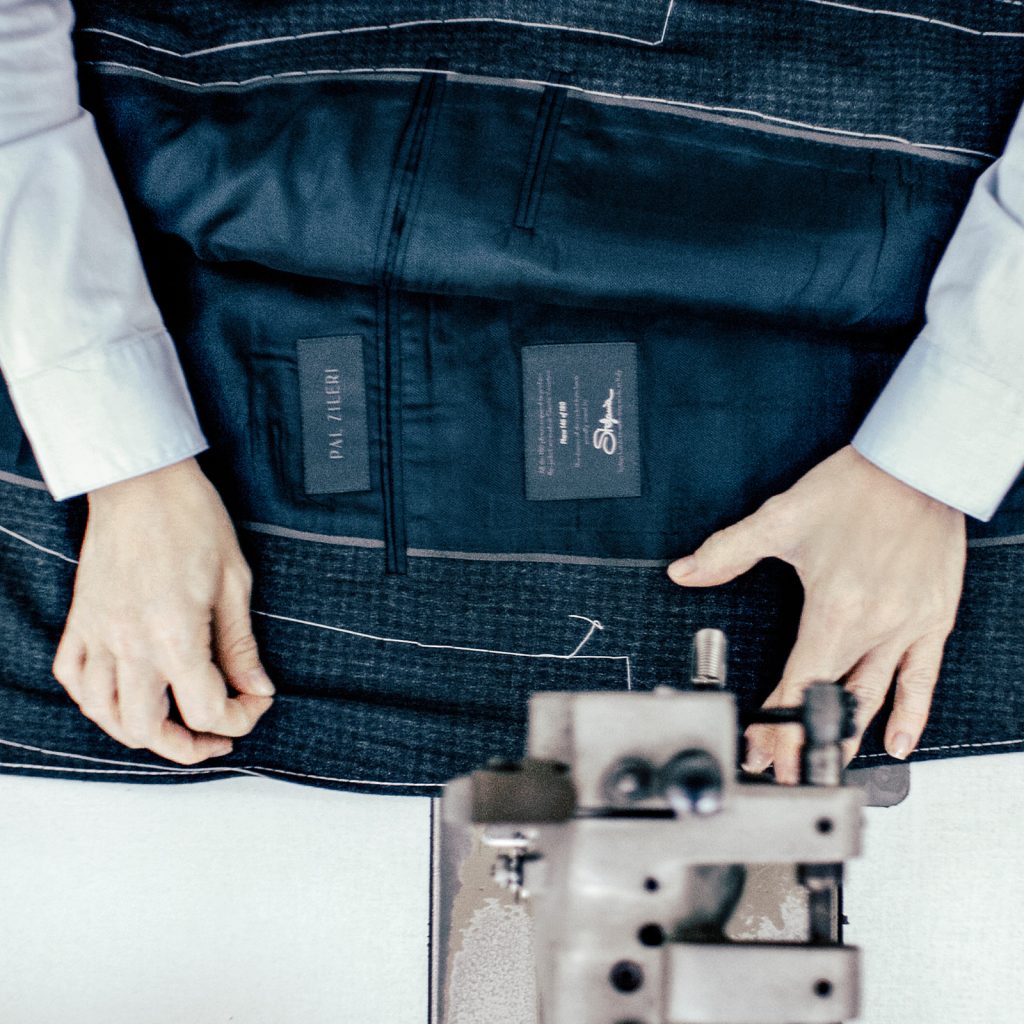

What is the difference between tailored and factory menswear? Often we consider these two categories as distant or even conflicting. However, there are many who actually know how to combine these both, companies that use industrial processes to achieve quality products, in which the experience of the hand and the precision of the machine operate on the same wavelength. This is what happens at Pal Zileri, a historic Italian menswear brand.
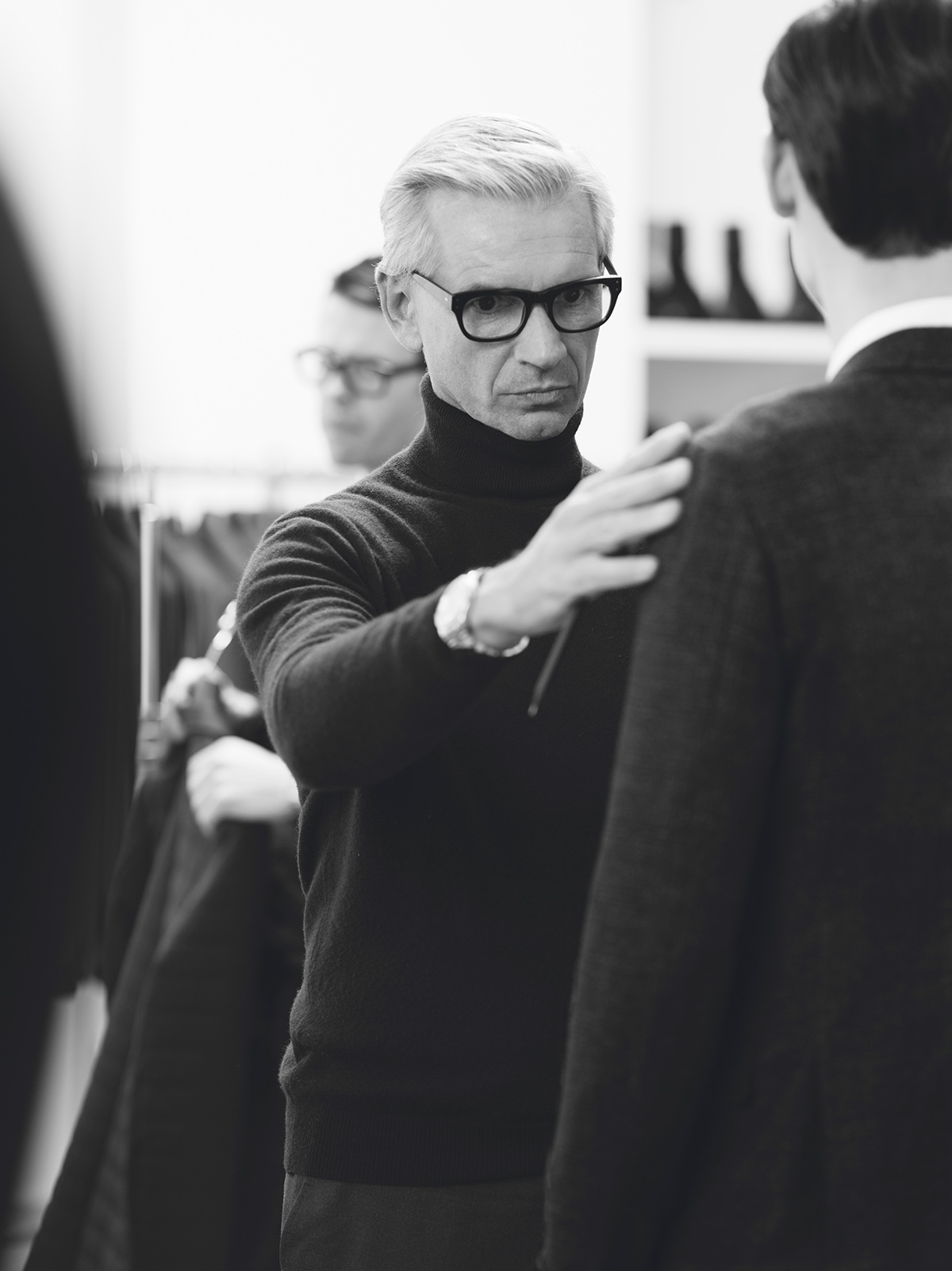
At Quinto Vicentino, in north-east of Italy, the Forall Confezioni factory was founded in 1970 by Gianfranco Barizza and Aronne Miola. Here, the Pal Zileri collection was launched in 1980 and since it has targeted the contemporary man, in love with sartorial tradition and modern lifestyle. During a recent factory visit, we witnessed the production process of men’s formal suits, and in particular of jackets. Here, hundreds of skilled artisans make clothes, for which quality is the ultimate obsession. Each jacket is made in 140 to 180 single step, which include cutting, assembling, sewing, ironing, adding linings, pockets and shoulders, but also spare parts such as buttons, zippers and labels. The front part of the jacket dictates the entire process and the amount of hidden details is impressive. Most phases are industrially executed using laser cutting, sewing machines, presses, conveyor belts; nevertheless, some steps are still completely handmade, like in an old tailor workshop.
Since July 2014, Mauro Ravizza Krieger has been the artistic director at Pal Zileri. After plentiful experience with many prestigious national and international menswear brands, Ravizza Krieger is now successfully working on the next chapters of the brand. Pal Ziler has a very long tradition of formal menswear. A few years ago new investors joined the company. Qatar-based Mayhoola for Investments (also owner of Valentino) and Arafa for Investments and Consultancies from Egypt, helped define this new course for Pal Zileri. Ravizza Krieger plays a very important role in this delicate passage.
“First of all, I tried to understand how the company works. The concept of creativity is far more difficult to apply to an industry. We are making a path of transformation from an industry to a brand, fostering a closer bond with the creative process,” Ravizza Krieger explains to CH. Today men’s tailoring is undergoing a renaissance, but it is necessary to update its codes and logistics. As Ravizza Krieger says, “It is important to rekindle an interest in the world of tailoring, without distorting its canons, evolving them without revolutionizing, focusing on the contemporary world, on updates that do not lose the previous values of the company.”
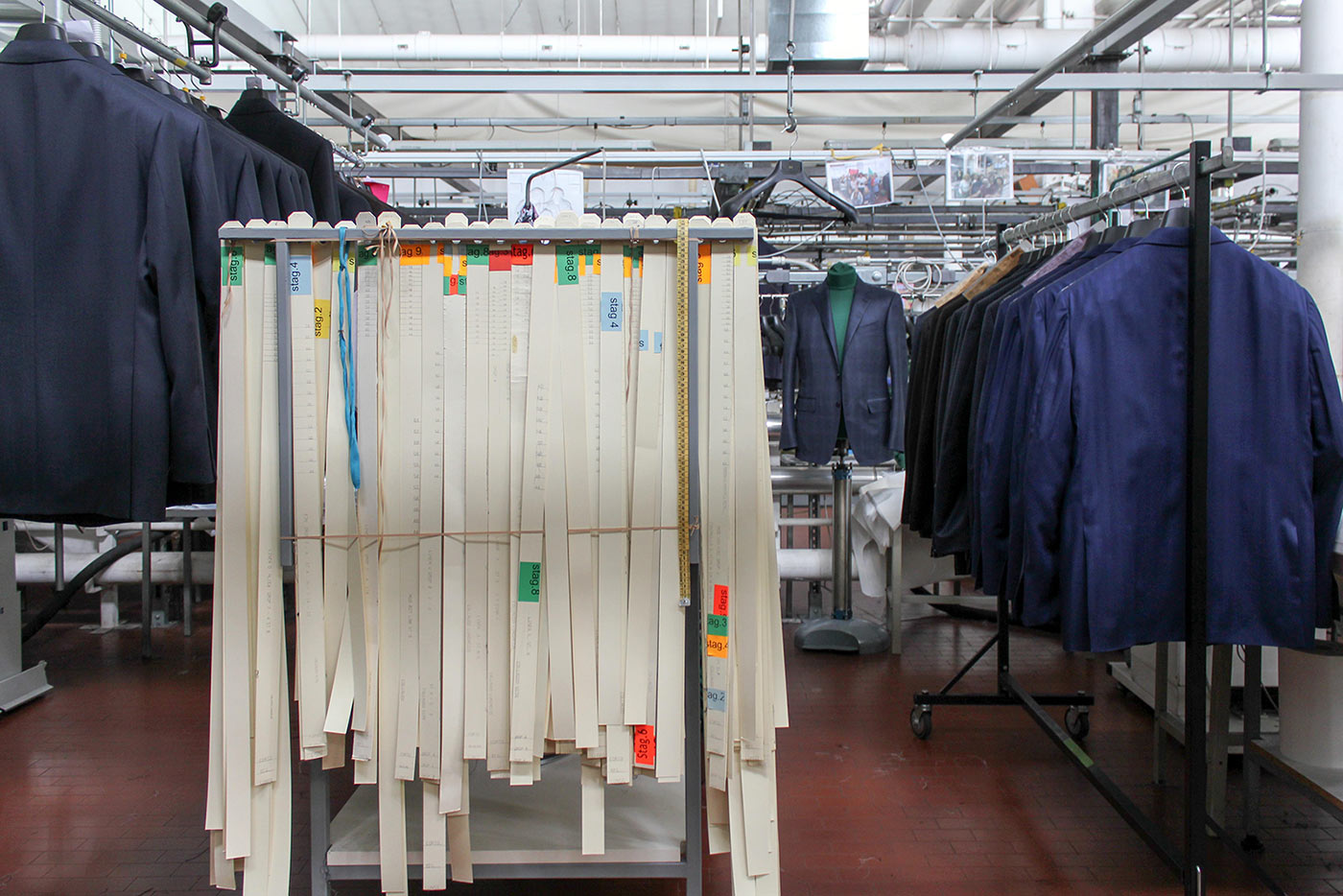
Vicenza, where the factory is located, is a land of art and excellent crafts, characterized by the magnificent architecture of Andrea Palladio and a centenary tradition of jewelry and fine leather-making. And Ravizza Krieger loves to find his inspirations in arts. “My references are very tied to the art world. Our previous collection was inspired by Joseph Albers, who has spent his life calibrating colors on a square shape, something not banal,” he says. “His vibrations, his color combinations create always different moods. And when I work on an artistic period, I always try to bring it to the Italian references.”

As a matter of facts, at Pal Zileri they do not want to rely on a stereotypical vision of Italy, a postcard-like view of something that does not exist anymore. They focus on a less obvious Italy, like that of abstract, optical and kinetic art of the 20th Century. “Creativity should not be sought after at all costs and simply glued to a collection, it should be a thing that belongs to you in each step,” he continues. “For example the inspiration linked to kinetic and Italian optical art gave origin to a capsule collection with optical prints, as well as a variety of fabrics for the evening all in black and white. From abstract Italian art we originated the research on the color palette. The color range definition is an important step because it kicks off the creation of fabrics. In fact 80% of the fabrics that are seen in the catwalk and in the collection are exclusive.”

The evolutionary process of traditional men’s fashion has to be constant, organic and slow. “[We proceed] slowly, without exaggerating. We must not forget that we are in menswear, where there is also a deep need for culture. We do not want to create some weird things and force change. I focus on the contemporary tailoring, where I want to evolve established codes, until they become usable. The continuity of tailoring will only be guaranteed by a continuous updating of its historical values, through the easing of a number of values,” says Ravizza Krieger.
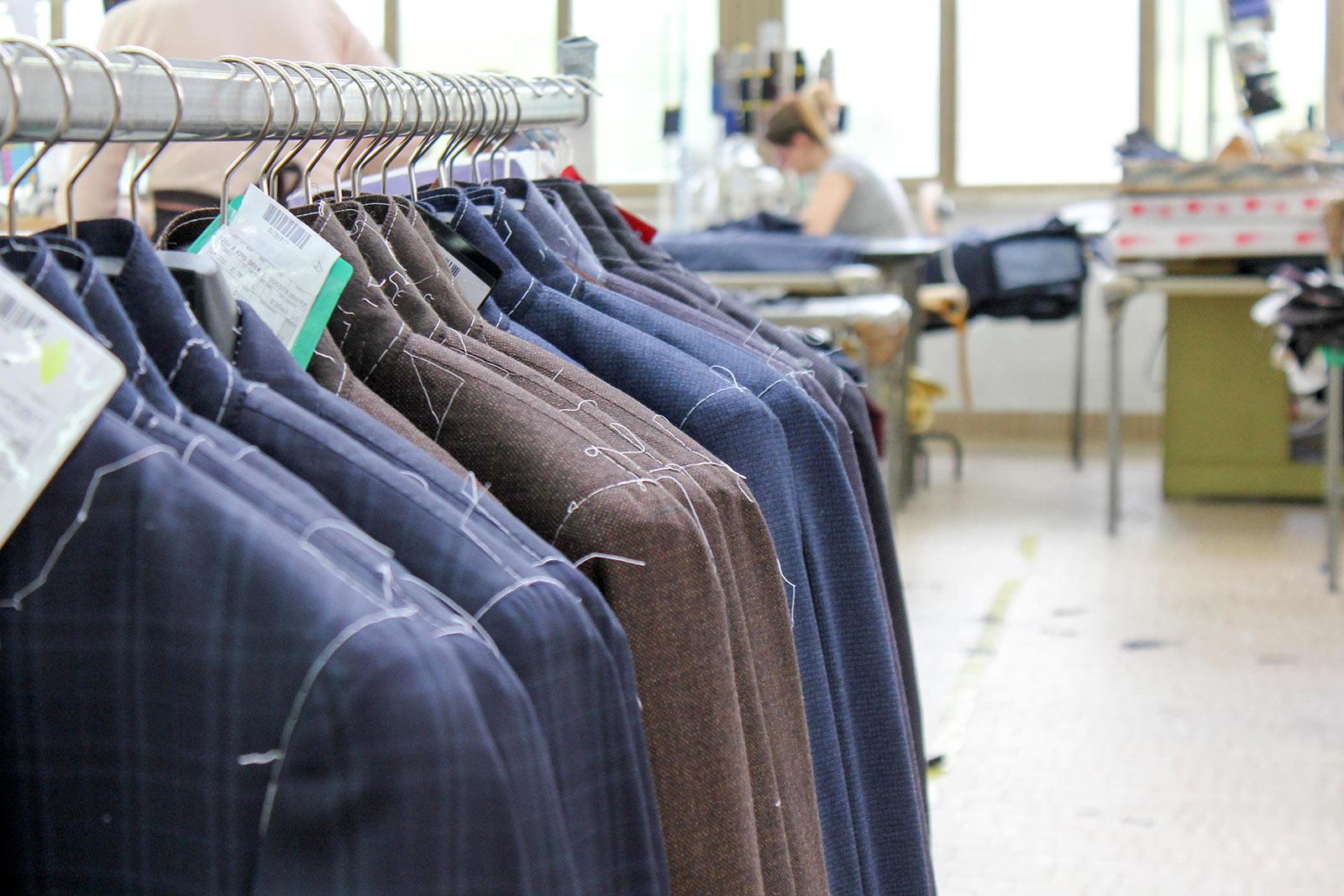
As the technicians explained the difference between the types of construction, we realized that they often used the term “sports jacket.” As many know (at least in the States), in the world of tailoring, the very concept of “sport” takes on many meanings, here being an inherently comfortable suit jacket for more casual events. “Formal classic style is struggling today,” Ravizza Krieger observes, “because the world is less formal, relationships are less formal. Social networks and mobility have made us more informal, so we need to give our clothes different connotations.”
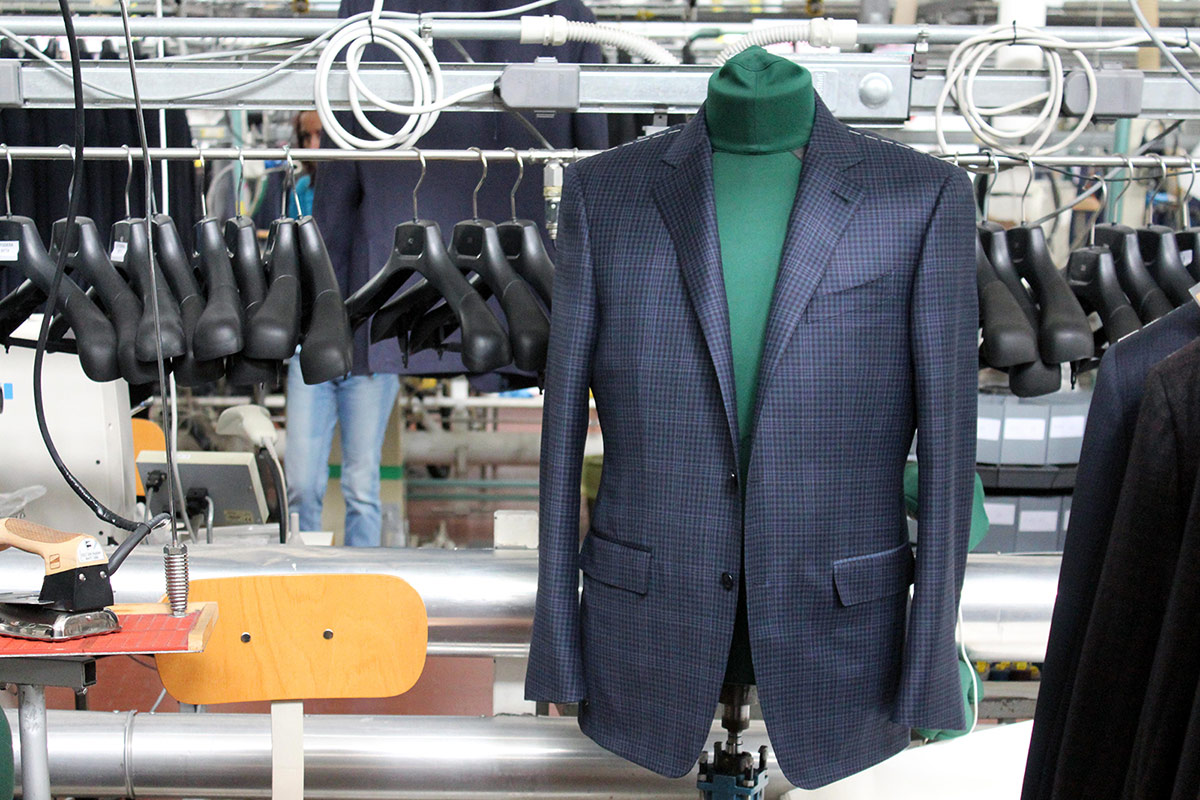
Ravizza Krieger’s ideas are very clear on this contemporary balance of formal and informal. “I believe that the dream of many people is to have a profession that lets them free, where they can be themselves. [For this reason] I think a lot more about freelancers rather than managers, because they are self-determining. They dress themselves, it’s not us who dress them. I think of a style for non-homologated people, who know how to interpret clothes.”
Lead image courtesy of Pal Zileri, all other factory images by Paolo Ferrarini

